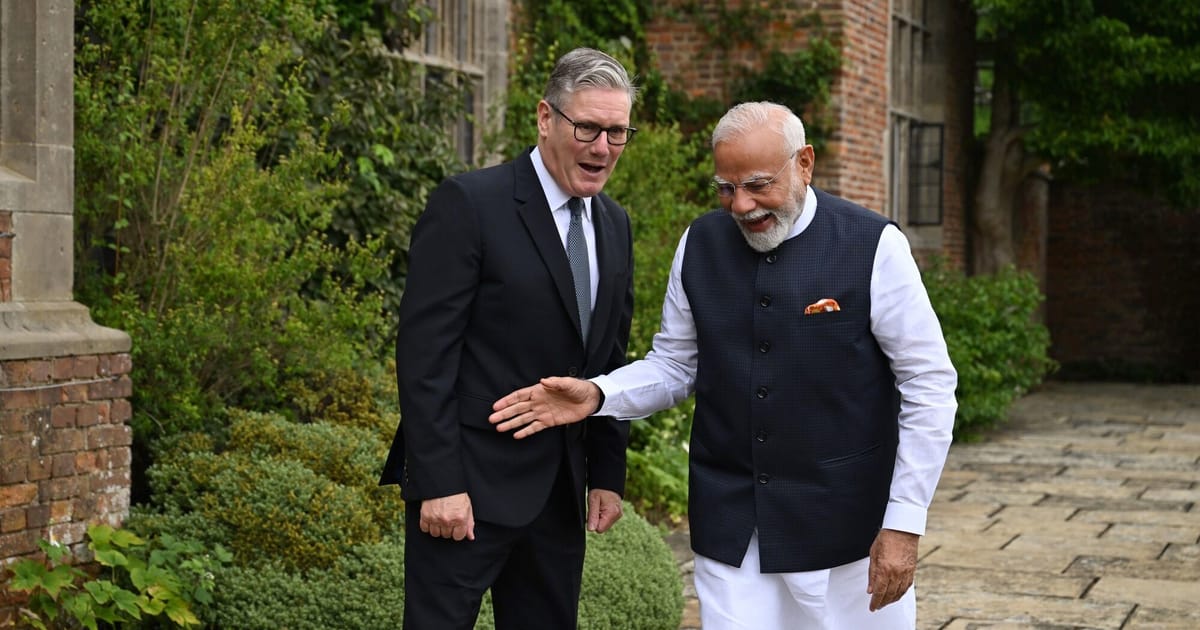

In recent days, the global trade landscape has witnessed several significant developments, marked by new alliances and ongoing challenges that shape the economic narratives of nations. These changes affect industries, governments, and economies worldwide, as countries navigate complexities in pursuit of mutual benefits.
The UK and India have reached a pivotal moment with the signing of a landmark free trade agreement. Indian Prime Minister Narendra Modi’s recent visit to London capped a significant era of negotiations, culminating in this substantial economic partnership. For the UK, the agreement promises a boost to its automotive and whisky sectors, long heralded for their global appeal. In return, India will benefit from visa concessions, an aspect poised to strengthen cultural and educational exchanges between the two nations. This accord not only signifies a major post-Brexit victory for Britain but also represents India’s first extensive free trade pact outside of Asia, highlighting a new chapter in their economic strategy.
While Britain celebrates its achievement, it also faces domestic challenges. Heightened awareness around food safety has led UK authorities to issue warnings against the importation of certain foreign goods, particularly meat and dairy products, emphasizing precautions related to foot-and-mouth disease. Recognizing the potential risks, the government encourages citizens to act responsibly, underscoring the balance between public safety and globalization’s broader reach.
Across the ocean, the trade dynamics involving the United States present a contrasting picture. Trump-era tariffs continue to affect European industries, with the EU particularly struggling under a hefty 50% steel tariff. This unresolved issue remains a point of contention in ongoing trade talks, as European steel manufacturers face the severe threat of diminished competitiveness due to these duties coupled with rising energy costs and cheaper alternatives from China. The prospective trade agreement does not yet provide relief from these tariffs, indicating more hurdles ahead for the EU’s export sectors.
In Australia, the evolving global landscape has prompted the Trade Minister, Don Farrell, to caution against tumultuous changes. At a recent address to the Lowy Institute, Farrell highlighted the dangers of protectionist sentiments and the potential long-term impact of trade policies that prioritize domestic over international cooperation. The Australian government remains vigilant, striving to navigate these economic currents while promoting sustainable growth.
Such international developments signify a critical phase in global trade, characterized by ongoing negotiations and strategic alliances that reflect broader economic narratives. As countries like the UK and India embark on mutually beneficial paths, others must address the challenges of trade imbalances and protectionist policies. Each nation’s journey shapes the global economic tapestry, fostering resilience through collaborative engagement and diplomatic dialogue.
Source: {link}
